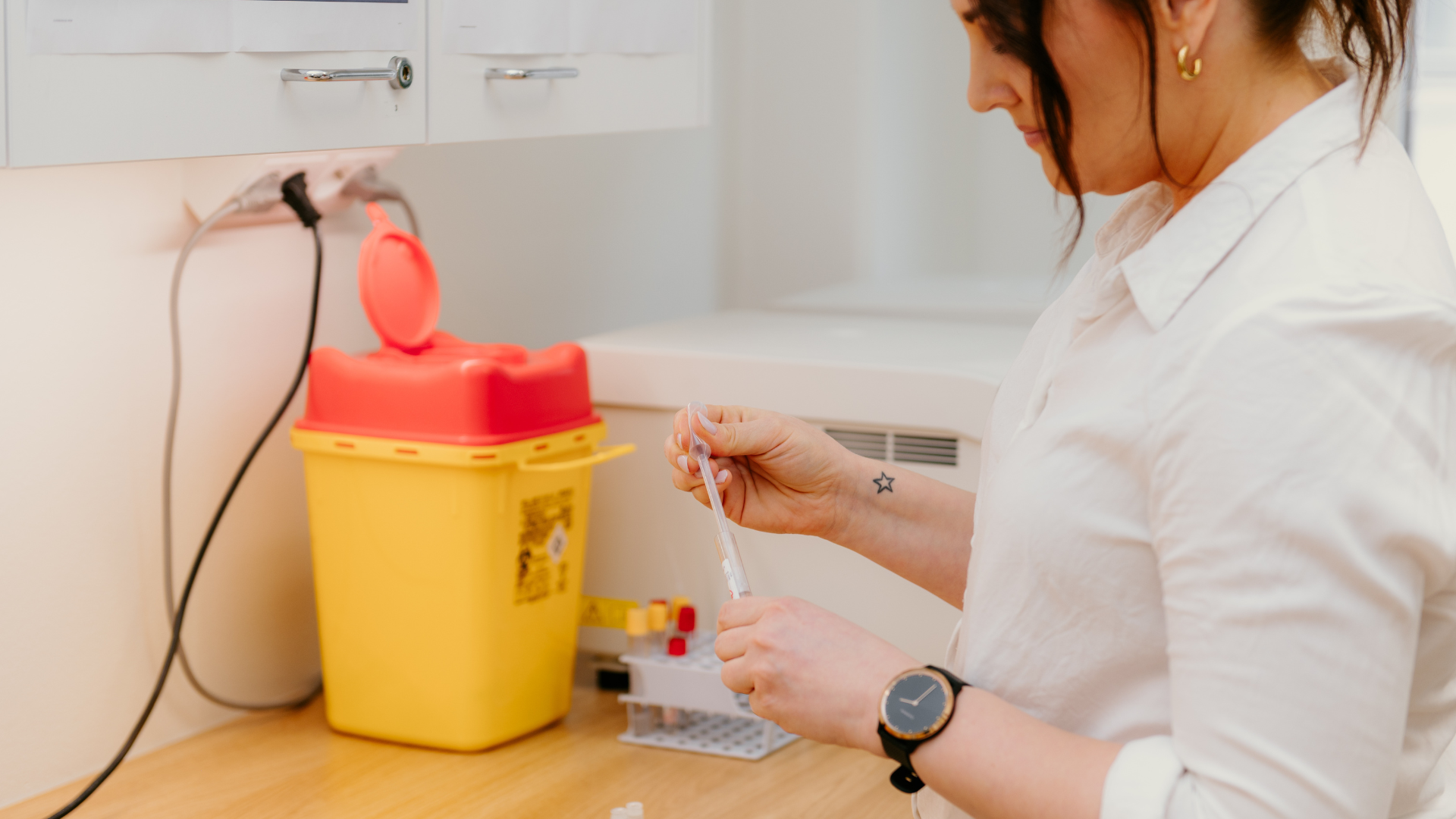
COVID-19 is an infectious disease caused by the novel coronavirus SARS-CoV-2. It is a zoonotic illness—transmitted from animals to humans—and is closely related to the coronavirus that caused the SARS epidemic in Asia between 2002 and 2004. The outbreak began in China in late 2019, and the World Health Organization (WHO) declared it a pandemic in March 2020. However, in May 2023, the WHO officially lifted its classification of COVID-19 as a global public health emergency. European institutions and Finland’s government have also rolled back pandemic-specific emergency measures. As of June 2023, Finland’s Ministry of Social Affairs and Health reclassified COVID-19 from a "generally dangerous" disease to a "monitored" infectious disease.
Multiple subvariants of SARS-CoV-2 have emerged, named after Greek letters (e.g., Delta, Omicron). These variants differ in terms of symptoms, severity, and transmissibility—and also affect individuals differently. Common symptoms include cold-like signs such as nasal congestion, cough, sore throat, headache, fever, and gastrointestinal symptoms. Certain variants also often cause changes in taste and smell. In some cases, COVID-19 can develop into a life-threatening viral pneumonia and multi-organ failure. These severe outcomes are most common in the elderly, individuals with underlying health conditions, and pregnant individuals. Children typically experience mild symptoms. Globally, by early 2022, confirmed cases had surpassed 330 million, with over 5.5 million recorded deaths.
The initial wave of the outbreak was slowed in many countries—Finland included—through border restrictions that reduced the virus’s reproduction number below one. However, the spread accelerated again in autumn 2020 with the emergence of more transmissible variants, prompting stricter measures. Vaccination campaigns, together with public health measures, helped reduce transmission in many countries—until the Omicron variant, which spreads rapidly and partly evades vaccine protection, surged in late 2021.
SARS-CoV-2 predominantly spreads via respiratory droplets in close contact—though aerosol transmission is possible in certain settings like intensive care units. Each person can protect themselves and others by avoiding crowded places, maintaining at least two meters of distance, and using face masks correctly to reduce both transmission and exposure risks.
Children have played a smaller role in COVID-19 transmission compared to many other respiratory infections. Even though infected children can emit infectious virus, their transmission rate is lower than that of adults. However, as adult vaccination coverage increased, the relative role of children in disease spread has grown. The Omicron variant, in particular, spreads easily among children and adolescents.
Antibiotics have no effect against viruses. The antiviral remdesivir was the most used early drug for COVID-19, showing modestly improved recovery in some studies—but overall, its impact has been limited. Newer antiviral treatments—such as Merck’s molnupiravir and Pfizer’s Paxlovid (a combination of nirmatrelvir and ritonavir)—have shown more promising results. These treatments are most effective when administered early in the disease course. While antiviral medications are less impactful at a population level than vaccines, they offer critical protection for individuals with weak vaccine responses due to underlying medical conditions. Passive immunization using monoclonal antibodies is another option for high-risk individuals.
Antiviral treatments have primarily been used in hospitalized COVID-19 patients or those with serious pre-existing conditions.
In later stages of severe COVID-19, treatment with corticosteroids such as dexamethasone—which suppresses excessive immune responses—has been shown to improve outcomes. Administering dexamethasone at least eight days after symptom onset reduced deaths by approximately one-third among ventilated patients and by one-fifth among those on oxygen therapy.
Blood thinning medications are also used to prevent dangerous blood clots during COVID-19. Ensuring an adequate intake of vitamin D is recommended as a supportive measure.
Several COVID-19 vaccines have been authorized for use in the European Union:
COVID-19 vaccines were provided free of charge and voluntarily to the entire population starting in 2021. Currently, free vaccination is available only to those in high-risk groups.
Text updated: 15 February 2024